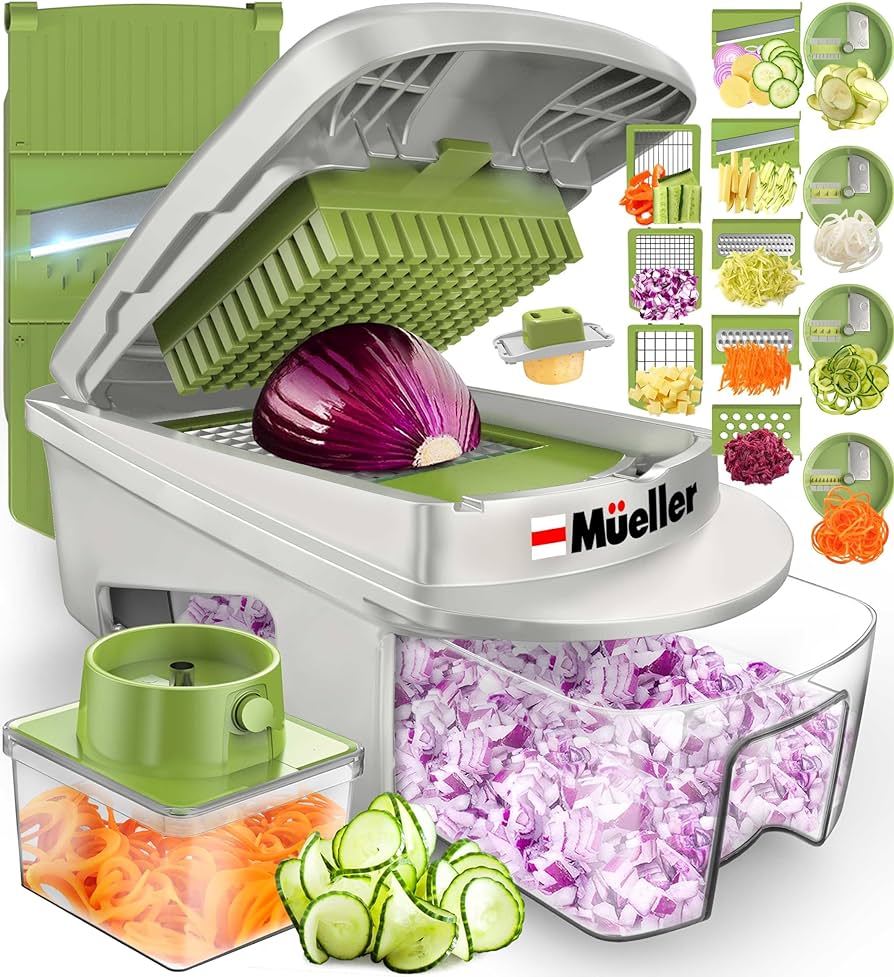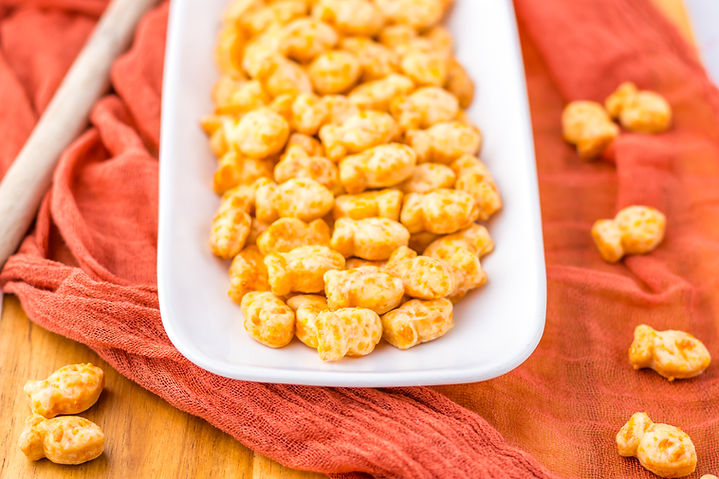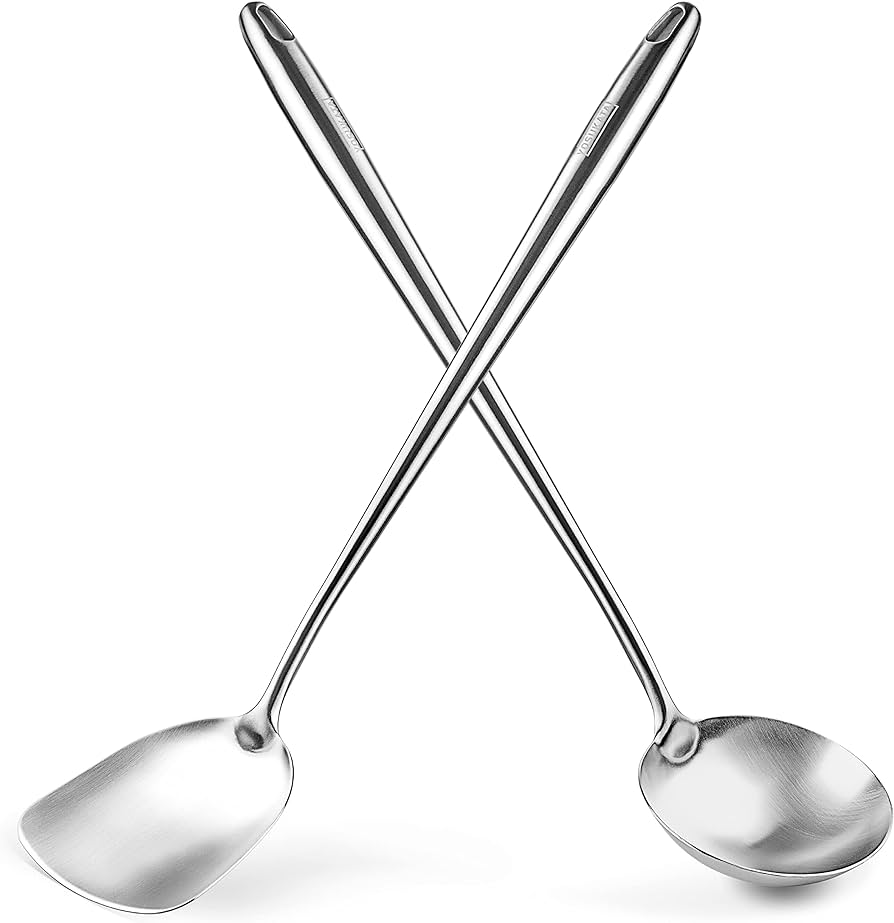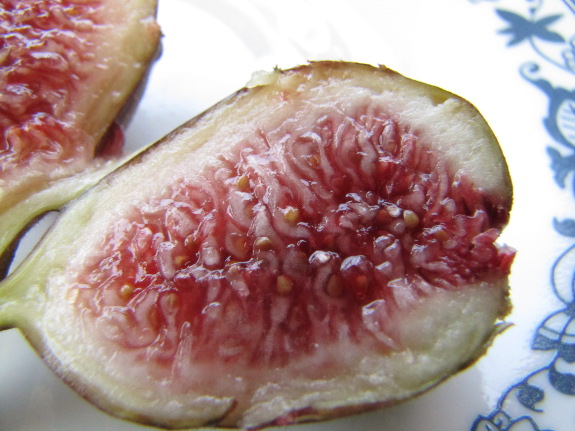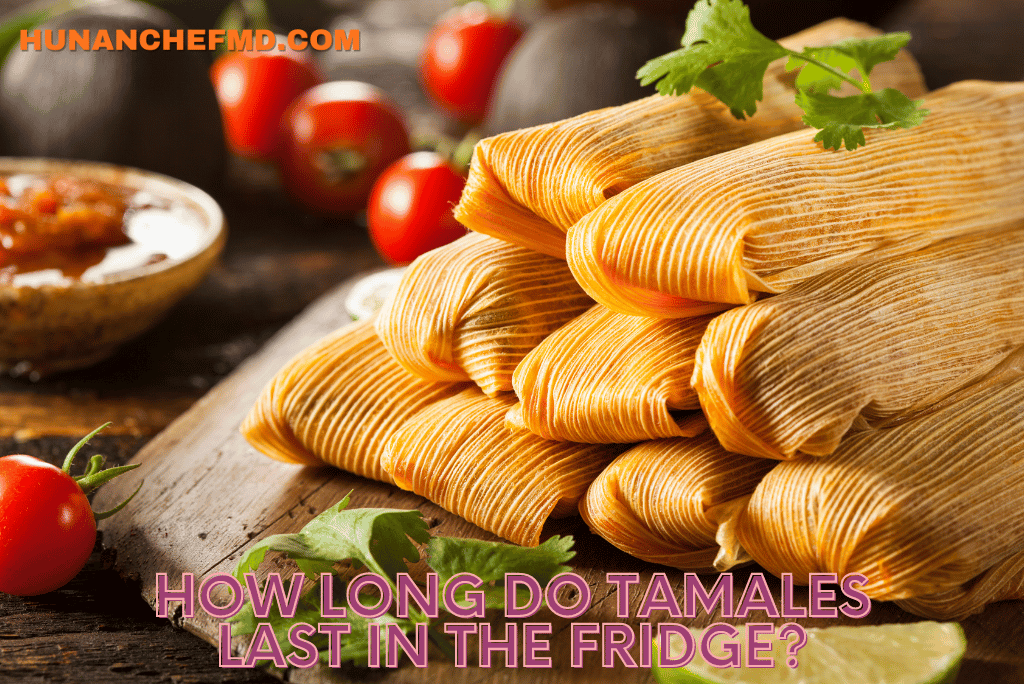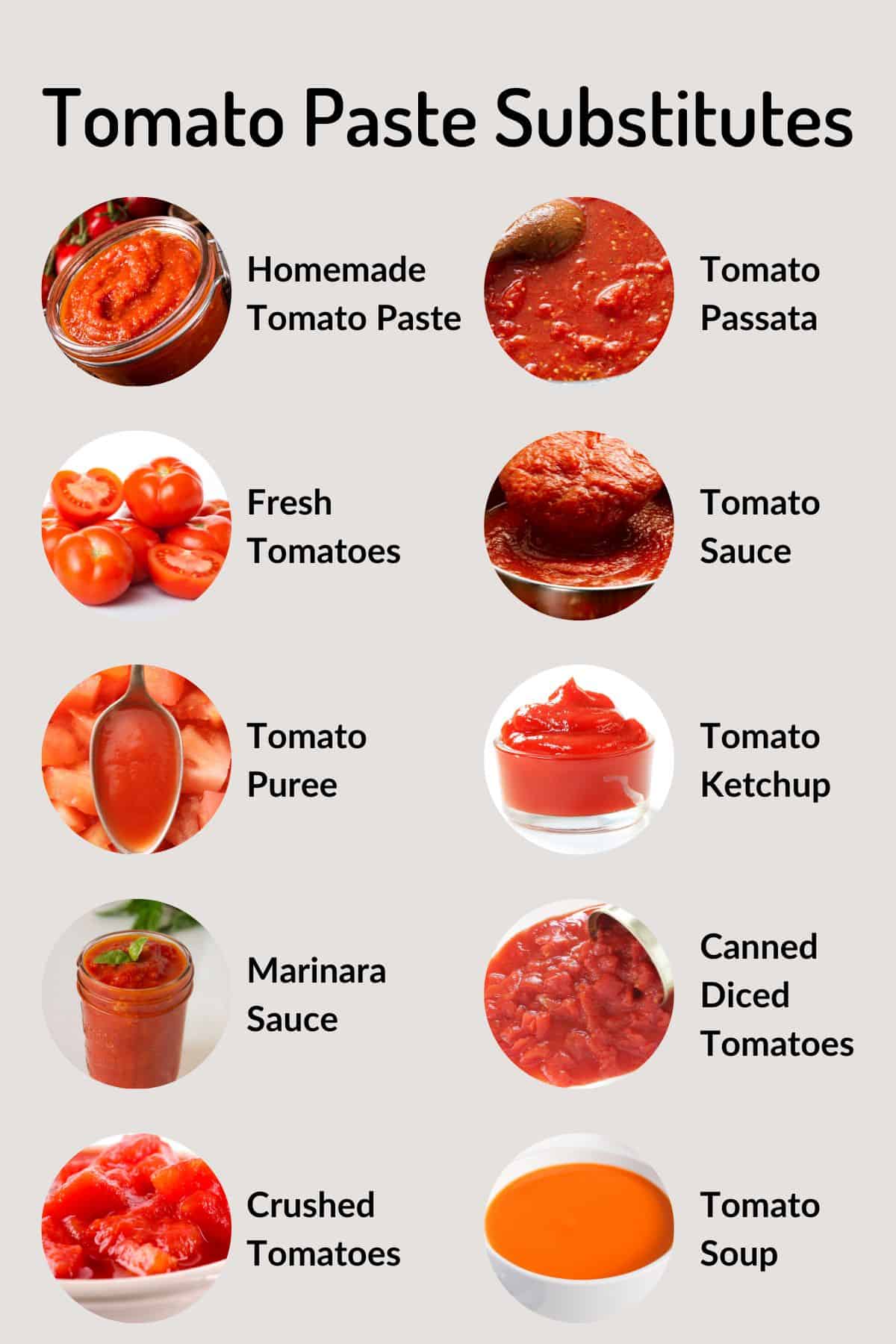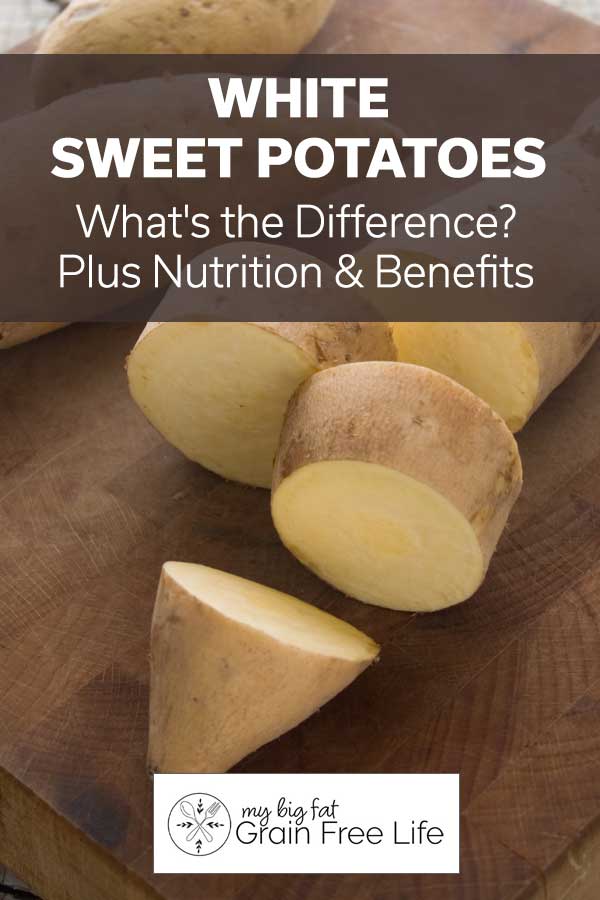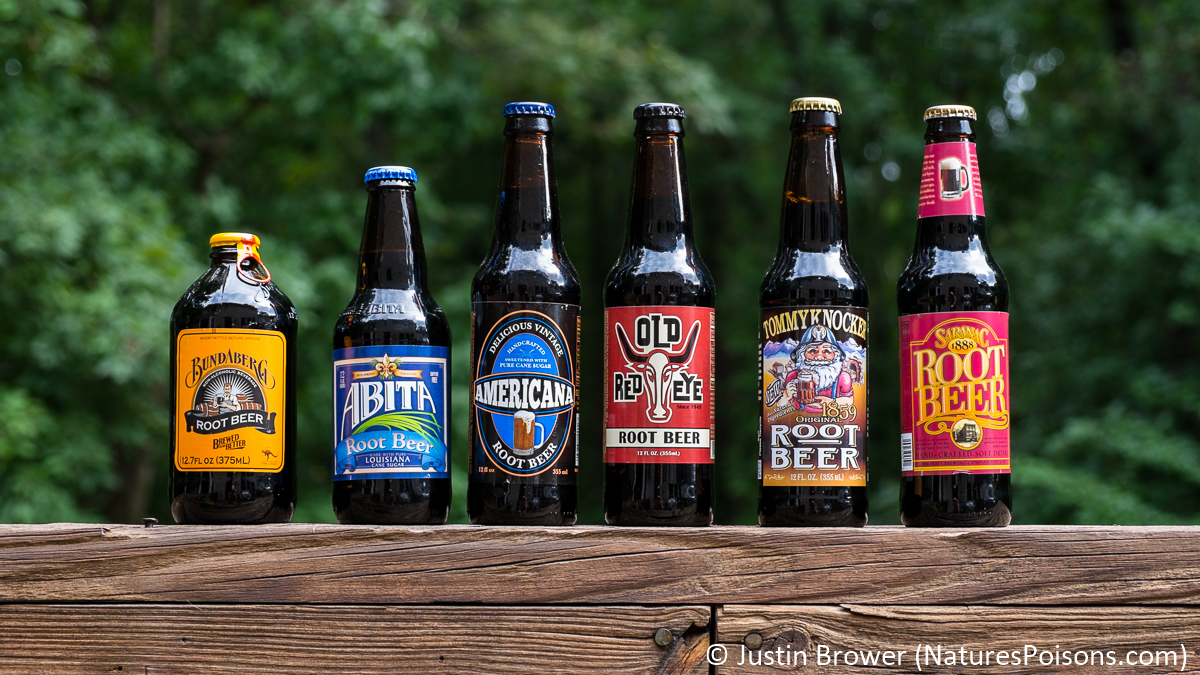– Marshmallows do not spoil in the traditional sense because they are made of sugar, corn syrup, and gelatin.
– Marshmallows have a “best by” date on the packaging, which is a rough estimate of how long they will maintain their flavor.
– Shelf life varies between brands, with popular brands lasting between 5 and 7 months and some claiming to last up to three years.
– Once opened, marshmallows will deteriorate in quality faster but can still stay fresh for at least 2 to 3 months.
– Homemade marshmallows have a rough shelf life of about a month.
– Marshmallow cream lasts about 3 to 4 months due to the inclusion of egg whites.
– Storing marshmallows in the fridge does not affect their taste, but prevents them from sticking together.
– Some flavored marshmallows may last an additional 2 to 3 months when stored in the fridge.
– Marshmallows do not turn bad like eggs or milk, but there are scenarios in which they may not be desirable to eat.
– Marshmallows can attract pantry pests if left open, but the pests pose no health risks if eaten.
– If insects are found near an open bag of marshmallows, it is best to throw the entire bag away.
– Marshmallows do not spoil but can become tacky and stick together in a humid environment.
– They can also become chewy and lose their fluffy texture in warm temperatures.
– Over time, the taste of marshmallows will become bland.
– Marshmallows with artificial flavors do not go bad, but those with perishable ingredients like fruit, chocolate, or nuts can spoil.
– Unopened marshmallows can be stored in a pantry or kitchen cabinet, while opened marshmallows should be sealed tightly to protect from moisture and pests.
– Marshmallows get their fluffy texture from trapped air bubbles.
– When you create a vacuum inside the packaging, air molecules start to expand and the marshmallows will expand until there’s no more room.
– When you open the container, the marshmallows will shrink and become dry.
– Marshmallows can be stored in the freezer, but they don’t turn solid. They may become slightly harder.
– Freezing may not extend the shelf life or keep them fresh for longer, but some people prefer eating frozen marshmallows.
– If the bag is unopened, you can throw it in the freezer, but if opened, transfer the content to an airtight container.
– Marshmallows don’t need to be thawed, and they come to room temperature quickly.
– They might become sticky once taken out of the freezer, but you can prevent them from sticking together by applying a thin coat of cornstarch or powdered sugar before freezing.
– Unopened marshmallows can stay fresh for a few months after the “best by” date.
– Once opened, their quality will deteriorate within the next few months.
– It’s important to keep them in airtight packaging.
– Marshmallows can change texture when exposed to heat or moisture, so it’s important to store them in airtight packaging.
– There is no specific expiration date for marshmallows, but they can go bad over time.
– The shelf life of marshmallows can range from 6 months to 1 year, depending on storage conditions.
– Marshmallows can become stale, dry, and hard when they are not stored properly.
– Storing marshmallows in a cool and dry place will help to maintain their freshness.
– If marshmallows develop an off smell or taste, or if they have been exposed to moisture, they should be discarded.
Continue Reading
